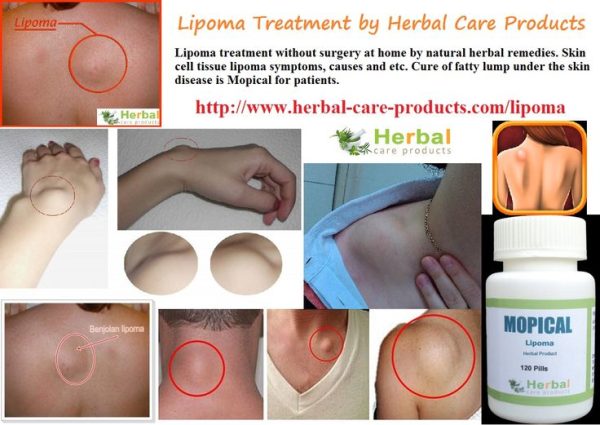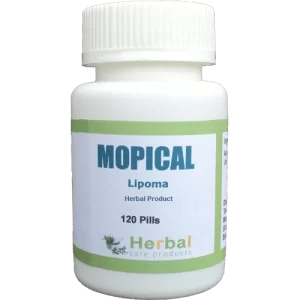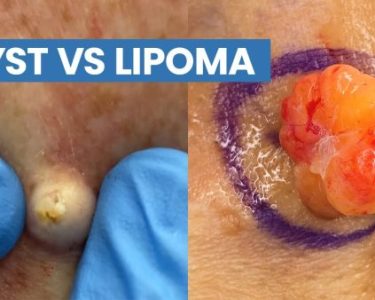According to Family Doctor, a lipoma is a benign tumour comprised of fatty tissue that is typically discovered in adults between the ages of 40 and 60. These fatty tumours may be genetically predisposed or result from soft tissue damage. Although they can grow from any location with fatty tissue, these tumours are most frequently discovered in the upper chest. A lipoma typically does not need to be removed unless it is big, pressing on nearby tissues, or causing discomfort. Herbal treatments may help a lipoma shrink or disappear; however, before utilising a natural method, always see your doctor.
Sage
An herb that is frequently used in cooking is sage. Due to its capacity to thin the blood, this adaptable plant, which comes in a number of variations, is also utilised in natural treatment methods. Sage has a natural attraction that draws it to fat, claims herbalist Matthew Wood in “The Earthwise Herbal.” He argues that sage extract used topically to a lipoma may aid in its dissolution because of this. Wood continues by stating that Toronto-based naturopathic physician Anthony Godfrey notes that sage aids in the body’s fluid equilibrium. A buildup of fatty tissue could be a sign of an imbalance that sage treatment could help to correct.
Turmeric (Curcumin)
According to Dr. Demian Dressler of the Dog Cancer Blog, the herb turmeric includes a compound called curcumin that has been shown to shrink canine lipomas. According to Dr. Karen Herbst of MDJunction, curcumin’s effects aren’t just observed in canines. She continues by saying that using a topical mask containing curcumin has assisted some people in reducing the size and recurrence of lipomas. Dr. Herbst advises combining a teaspoon. a teaspoon of turmeric powder. of olive oil until a smooth paste is formed. To the area surrounding the lipoma, apply the paste. Remember that turmeric’s yellow hue will cause your skin and clothing to turn yellow, so if you want to prevent this from happening to your clothes, cover the paste with a bandage.
Chickweed
Chickweed is a plant that is frequently used in alternative medicine because of its capacity to loosen extra mucus produced when you have the flu or a cold. Chickweed is also used to remove excess water from the body, which can happen with cardiovascular illness, according to Dr. Marilyn Tucker of DrMT. She continues by saying that chickweed might also aid in reducing fat buildups in the body, such as lipomas. You can purchase chickweed at your neighbourhood health or natural food store.
Thuja Occidentalis
Thuja, a plant from the family of cedars, is used to cure growths on and under the skin. Thuja is a frequently utilised homoeopathic remedy, according to Dr. S Chidambaranathan of Dr. Cheena, to treat lipoma. According to the website Natural Health, thuja can be used to treat lipoma by combining it with water and applying it to the affected area two to three times each day. In addition, Dr. Chidambaranathan advises consulting a homoeopathic physician before utilising thuja to treat lipoma. Thuja is occasionally combined with other natural remedies, dietary changes, and adjuvant treatments.
Herbal Supplement for Lipoma
“Mopical” is the greatest Herbal Remedies for Lipoma because it is made entirely of natural herbs and can stop the development of the condition. Additionally, it keeps the blood flowing and is excellent for all lipomas. As soon as the problem’s earliest symptoms appear, the patient should begin using a Herbal Supplement for Lipoma. Ashwagandha, Liliaceae, Gum Benjamin, Ammonium Chloride, and Myrobalan are among the medication’s components. They never have any side effects of any kind. The Supplement penetrates the skin and recovers the lipoma from a depth that is typically beyond the scope of procedures. It can be obtained at Herbal Care Products for a very affordable price.





